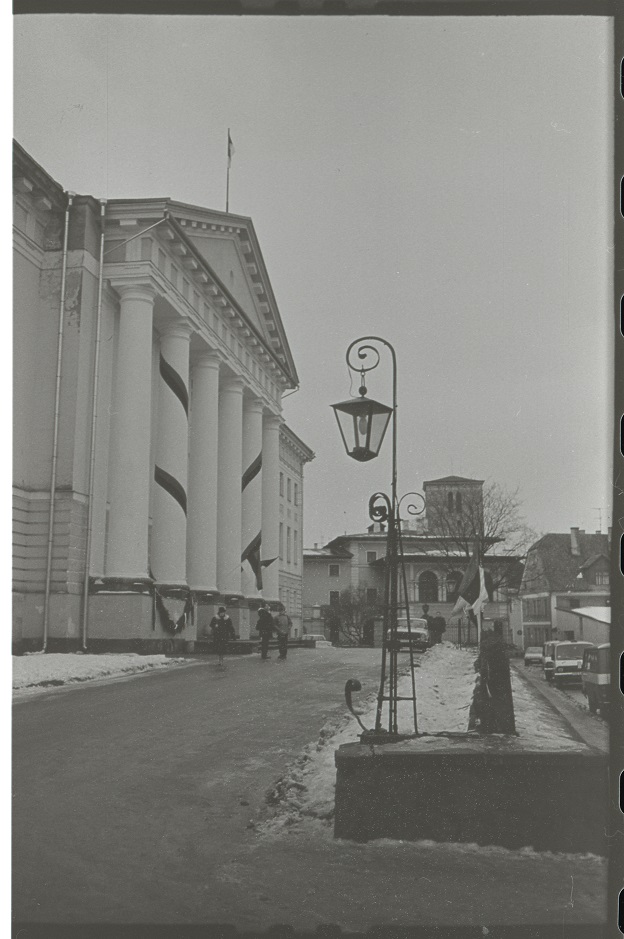Sakste värk ja liigne luksus? Kunstiajaloo kohast eesti rahvusülikoolis ja Eesti Rahva Muuseumis. Too noble and too German? Art history at the Estonian national university and the Estonian National Museum
DOI:
https://doi.org/10.15157/tyak.v0i47.16180Abstract
This article aspires to shed light on the complex relations of art history
at the Estonian national university and the art collection policies
of the Estonian National Museum in the context of the cultural
and education policy of the state.
The discussions on the law of the Estonian national university at
the Estonian parliament Riigikogu in 1924–1925 covered the topics of
the national goals and benefits of the university. It was stressed that
research and instruction at the Estonian national university should
be focused on issues relevant for the Estonian state and nation. National
art policy and the study of national art history were not discussed
because they did not exist. However, the attitude towards the
subjects of art and art history became apparent in connection with
the export of the Liphart art collection.
The collection of the Baltic German noble family of Liphart had
been amassed since the 18th century and was widely known as the
best art collection in the Baltic provinces. The family moved away
from Estonia in 1918, leaving their collection behind. With the land
reform of 1919 Baltic German families were dispossessed of their
land, but not of their movable property which made it possible for
the Liphart family to apply for a permission to export their art collection.
Such a collection could have been regarded as a priceless subject
for the study and appreciation of art history and a part of national
heritage, but export was permitted in 1920 after the Liphart family
agreed to donate a third of the collection to the Estonian state.
The Liphart donation was deposited at the Estonian National Museum
(ENM). The museum was established in 1909 for the ethnographic
collections gathered by Estonian intellectuals who aspired
to revive Estonian national culture. ENM also collected the work of
ethnic Estonian artists—at the time, their work was actually termed
Estonian art as opposed to Baltic art that meant the rest of the artistic culture and heritage created on Estonian territory. At the beginning
of the 1920s ENM was looking for a place to house its collections
and requested the former Liphart manor house that also housed the
Liphart donation from the state. In 1923, the first exposition of ENM
was compiled by the first art history professor at the Estonian-language
University of Tartu, Helge Kjellin, a Swedish citizen. He attributed
more value to general art history, using mainly pieces from the
Liphart donation in the exhibition, leaving less room for Estonian art
and the ethnographic collection. After Kjellin left Tartu, this “error”
was soon amended, and the Estonian art and ethnographic collections
were displayed more prominently.

